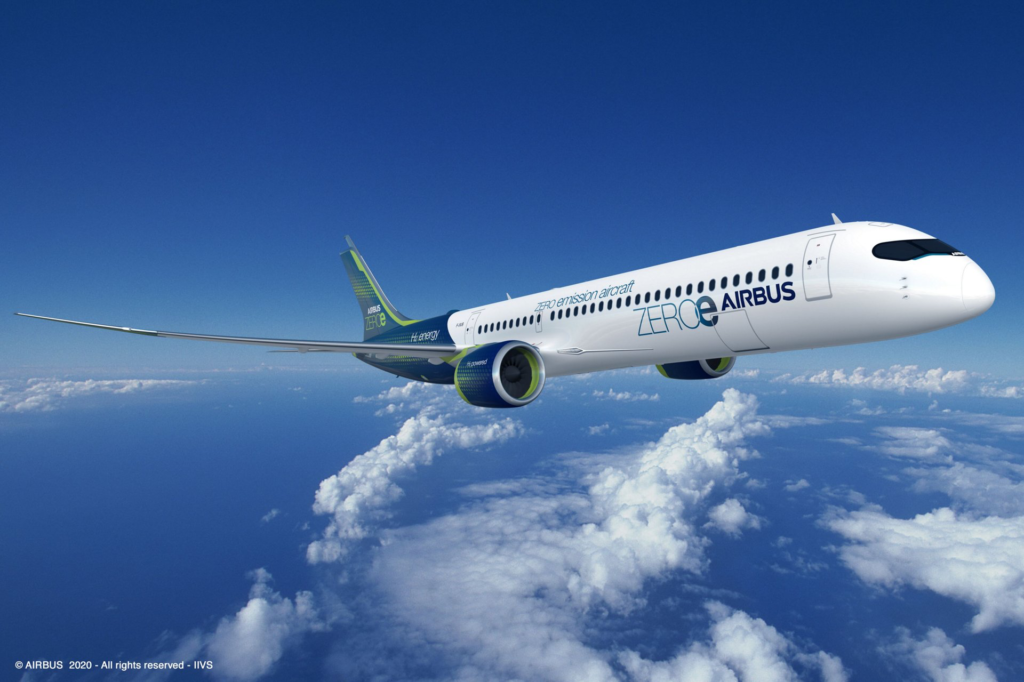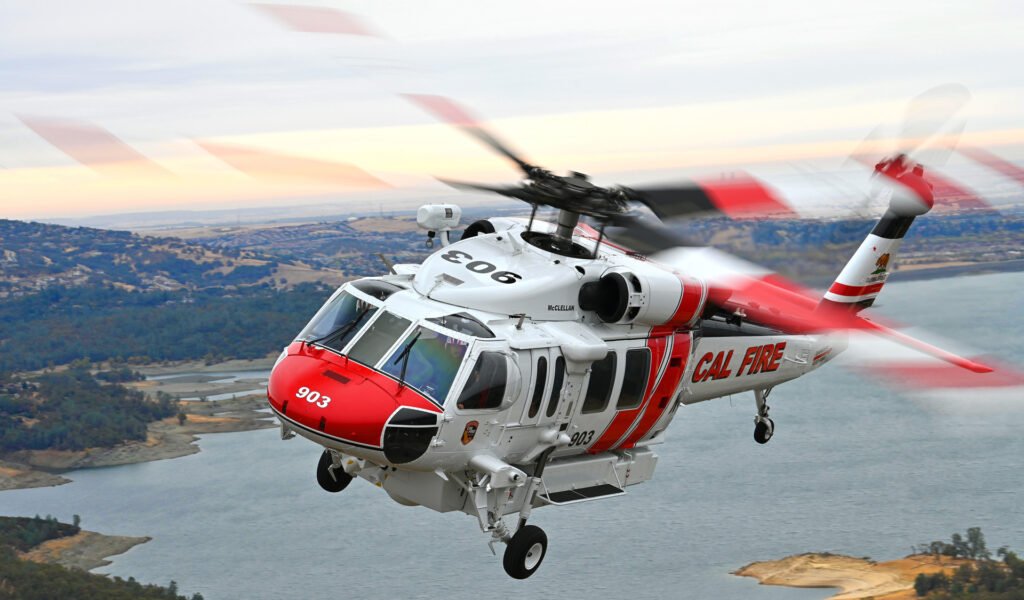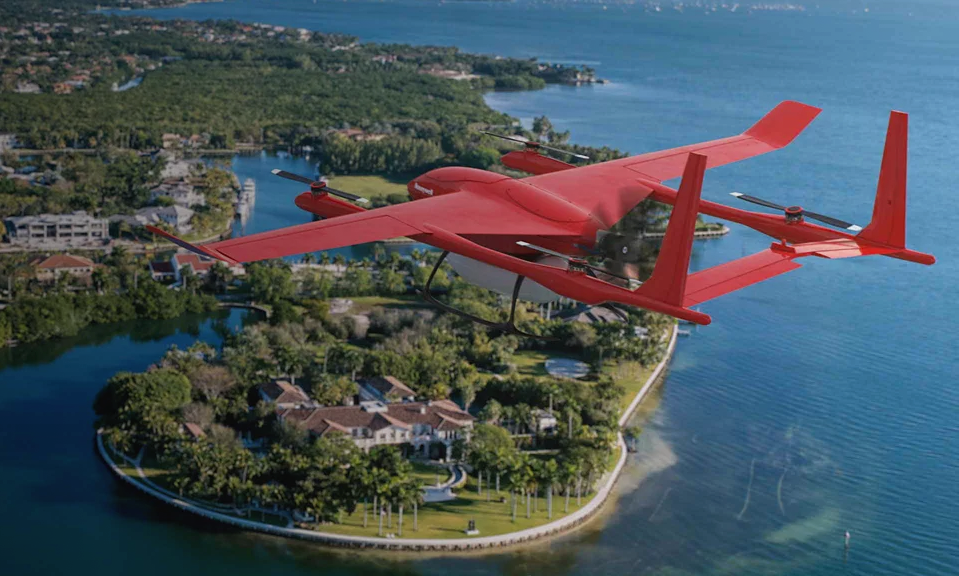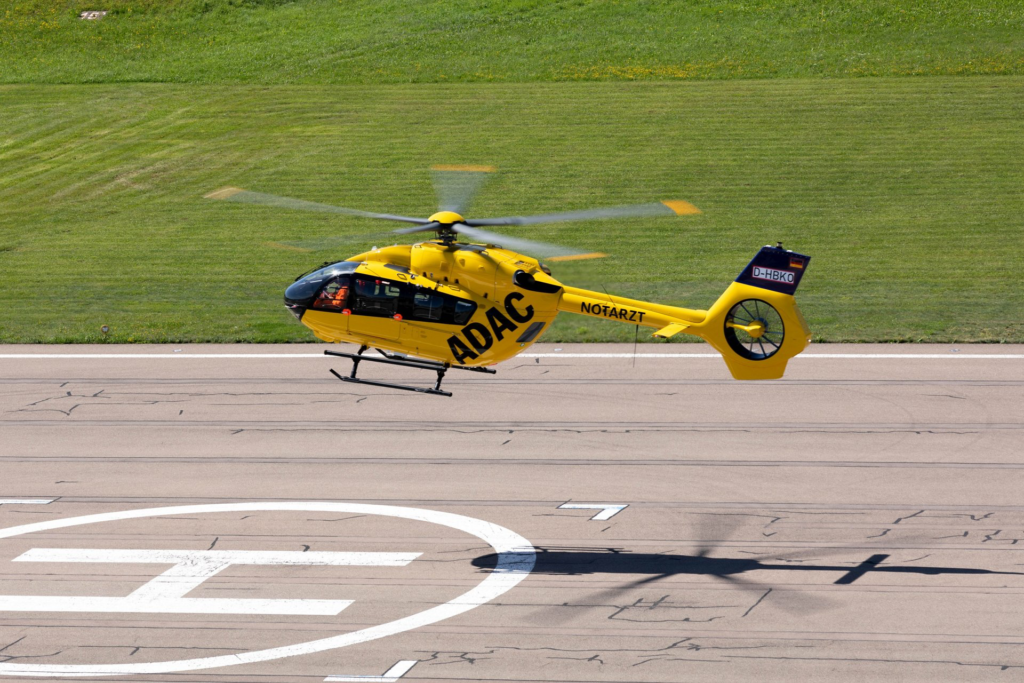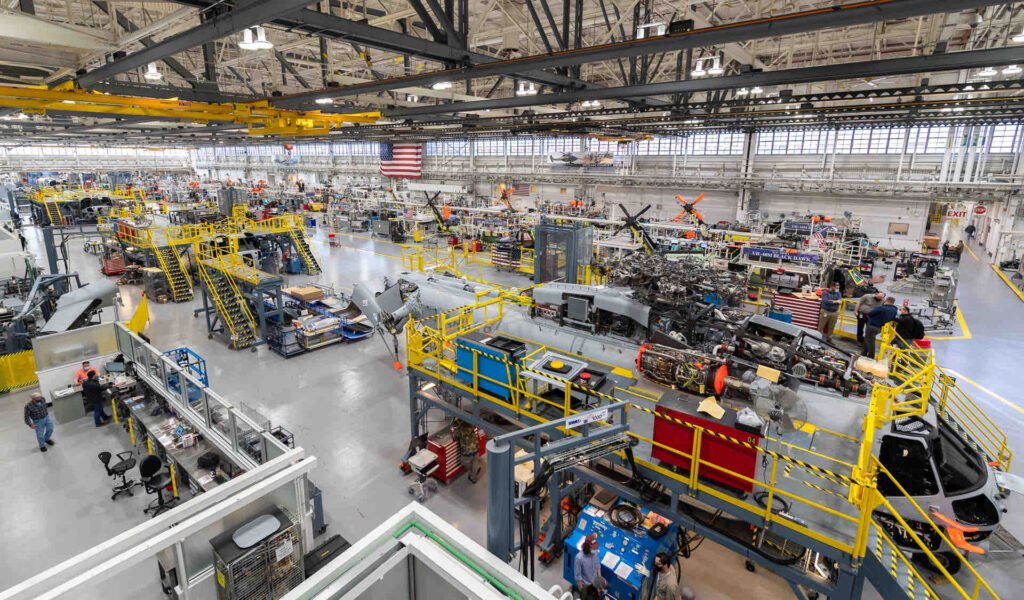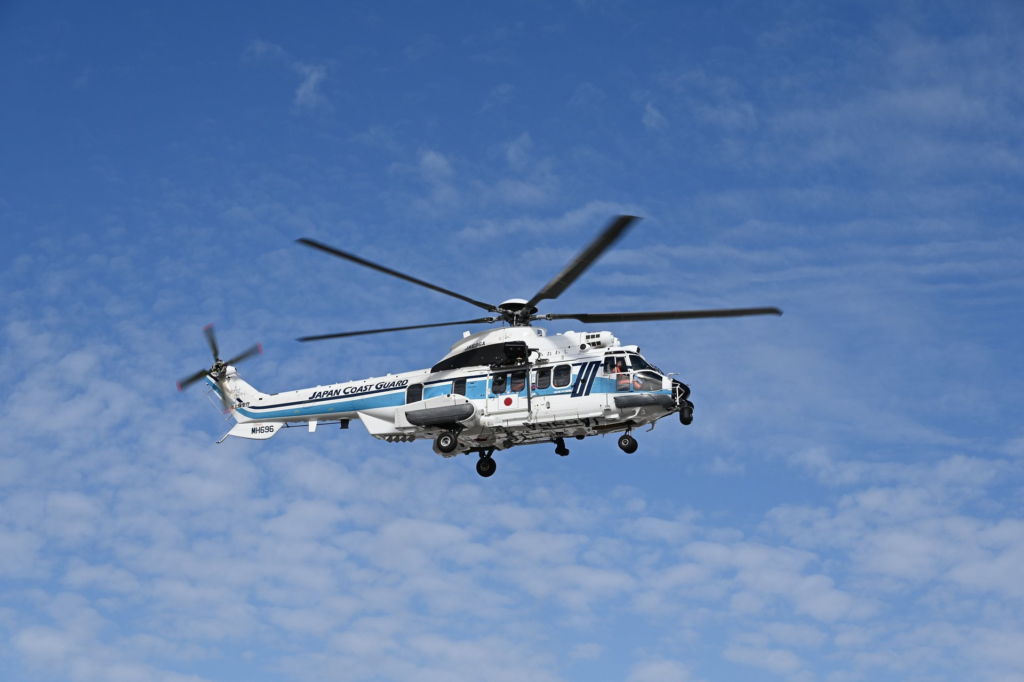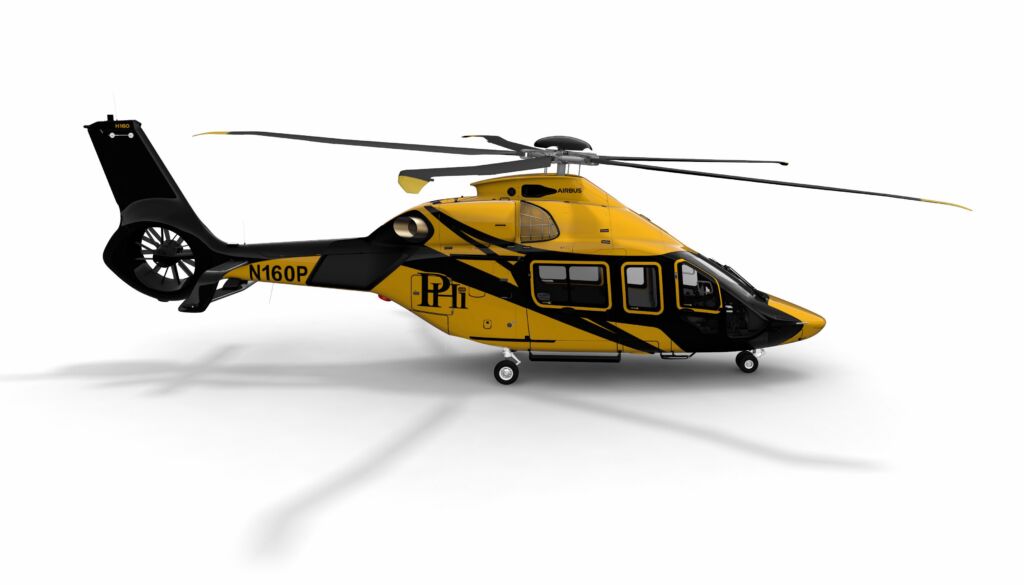Airbus Reports Third Quarter 2021 Results
Amsterdam, 28 October 2021 – Airbus SE (Paris stock exchange symbol: AIR) reported consolidated financial results for the nine months ended 30 September 2021. “The nine-month results reflect a strong performance across the company as well…
